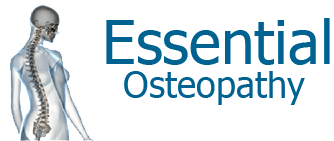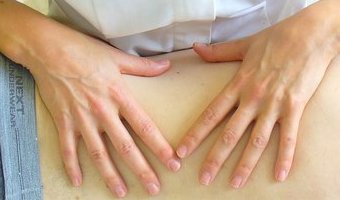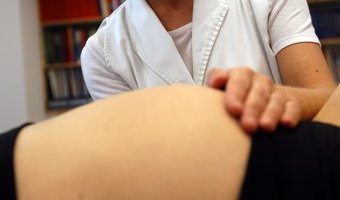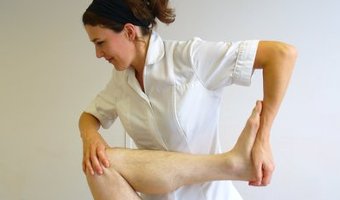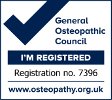ITB syndrome or runner's knee self-care and treatment
The iliotibial band (ITB) runs down the outside of the leg from the side of the pelvis (ilium) to below the knee where it attaches to the upper outside part of the lower leg (tibia and fibula). It is a tough fibrous band of connective tissue which blends with the small tensor fascia lata (TFL) muscle.
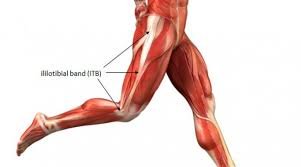
Iliotibial band syndrome, also known as runner’s knees, occurs when the ITB becomes overly tight and rubs over the femoral condyle (lower end of the thigh bone just above the knee on the outside) when the knee is bent to around 30 degrees – such as in cycling or walking – or, less commonly, at the hip level (greater trochanter). This rubbing causes friction, micro-trauma and inflammation which results in pain, usually about 5 – 10 cm above the knee on the outside or at the top of the outside of the leg or hip area. If the ITB is tight, pain can be felt along the full tract above or below the knee. When running or doing weight-bearing exercise, other common signs of the syndrome may include:
- Pain starting at the beginning of exercise but may reduce after the warm-up
- The pain will get worse and eventually restrict the person’s ability to exercise
- The pain is worse going up and down stairs or hills
- Pain is felt when the foot strikes the ground
Why does it happen?
ITB syndrome is commonly referred to as an ‘over-use’ injury. In fact, it’s more likely to be a lack of strength or flexibility issue combined with over-use. The TFL and the ITB abduct the thigh, i.e. take the leg out sideways, and also internally rotate the hip with the help of gluteus medius and minimus (gluteal muscles on the side of the pelvis/buttock). If the TFL and ITB become too tight gluteus medius and minimus are inhibited and they weaken. This causes problems particularly when we support ourselves on one leg while the other leg swings through while running or when we are cycling. The TFL and ITB keep the pelvis level and prevent it from rocking sideways during these activities. If the ITB becomes overly tight, gluteus medius and minimus weaken and the pelvis becomes unstable. The ITB also decelerates the swinging leg before it lands and prevents too much internal rotation of the hip and leg. Again, when it’s tight or fatigued and the gluteus muscles are weakened, the pelvis becomes unstable and other problems can occur such as foot over-pronation or ankle, knee and hip issues.
Self-care of ITB syndrome
- Ice areas of pain – repeating 10 minutes on and 10 minutes for 1 – 2 hours for 2 – 3 days. This will help reduce any inflammation and reduce the pain
- Rest – if you don’t want to completely rest, vary your activity and cross-train – coming off weight-bearing exercise for a 2 week period minimum
- Check your footwear – change your trainers reasonably regularly, especially if you are running a lot. Consider transitioning to barefoot or minimal shoes as they have a larger toe box and offer greater sensory feedback from the ground
- Runners – run on softer ground with less of a gradient (reduce hill intervals) until the inflammation has reduced and don’t return to running too soon
- Cyclists – check that your bike is set up correctly for you
- Stretch the quads (front of the thigh)
- Stretch the gluteal muscles
- Strengthen and stabilise by performing half single-leg squats in front of the mirror so you can check that the pelvis remains level as you dip and the knee on the squatting leg does not dip over the midline. Repeat 15 x 2 each side.
See the stretches and exercises on my Essential Osteopathy YouTube channel for more information or contact me for more information.
If you have got pain in the areas described, come in for a full assessment and, together with taking the case history and examining as I always do, I will check biomechanical factors such as gait, leg length difference, muscles imbalances and joint restrictions before discussing my findings and treating as appropriate. The treatment will include soft-tissue massage, stretching and possibly some manipulation and acupuncture. Post-treatment advice and exercises will be given for you to take away with you.
